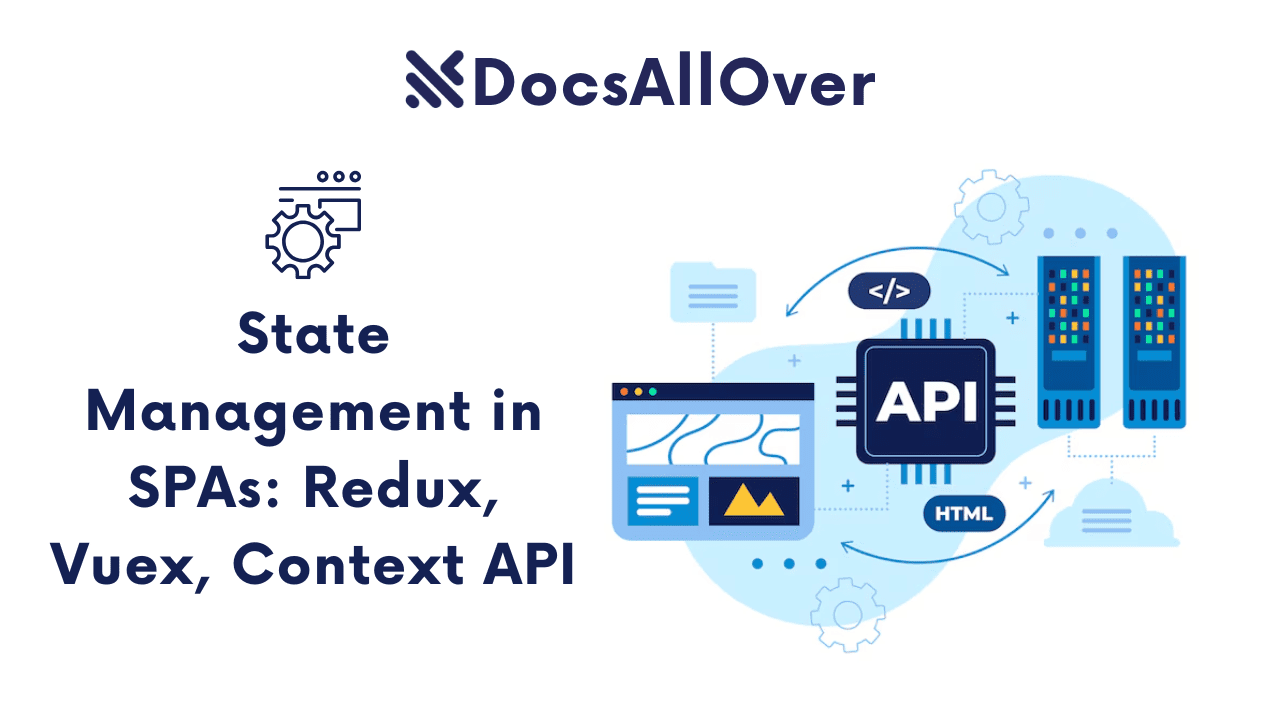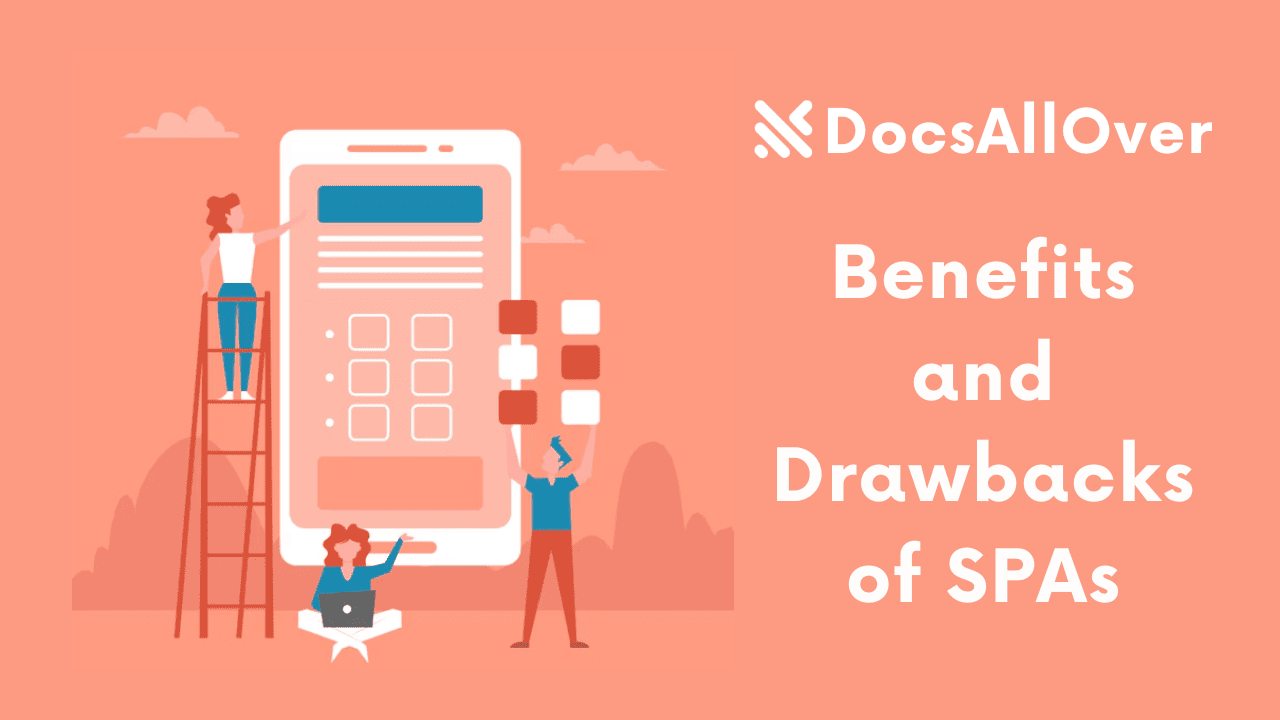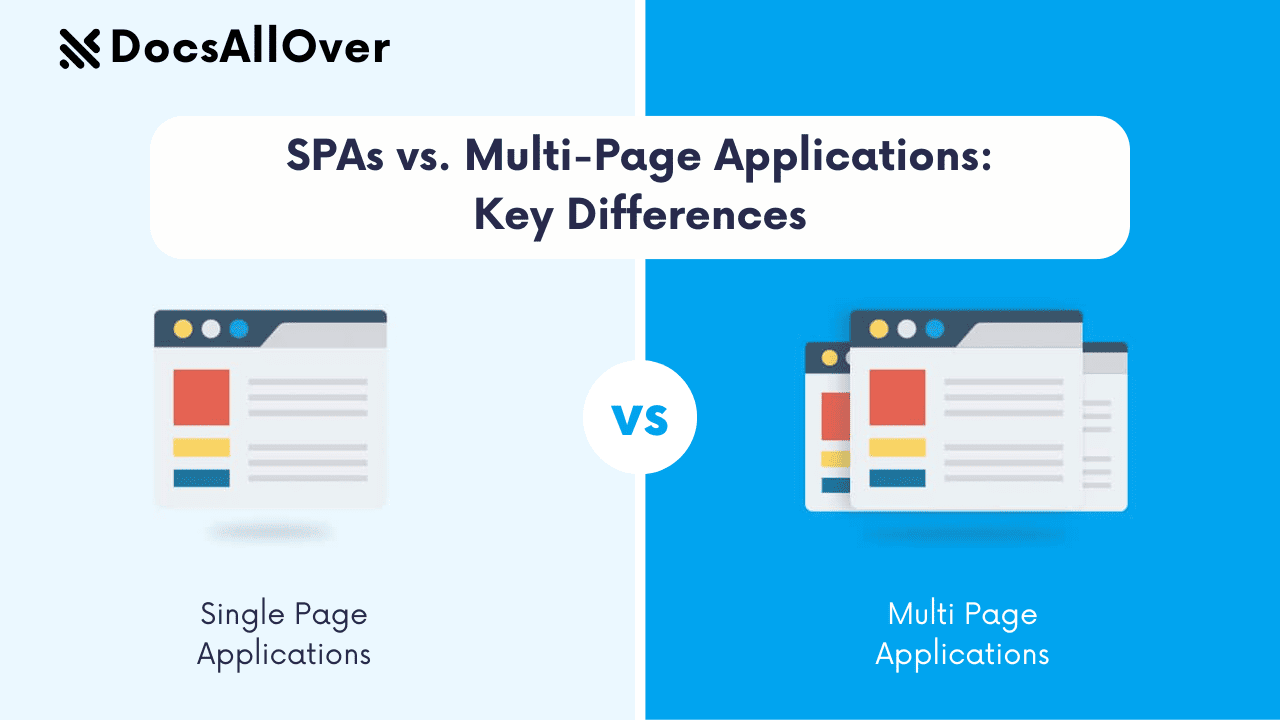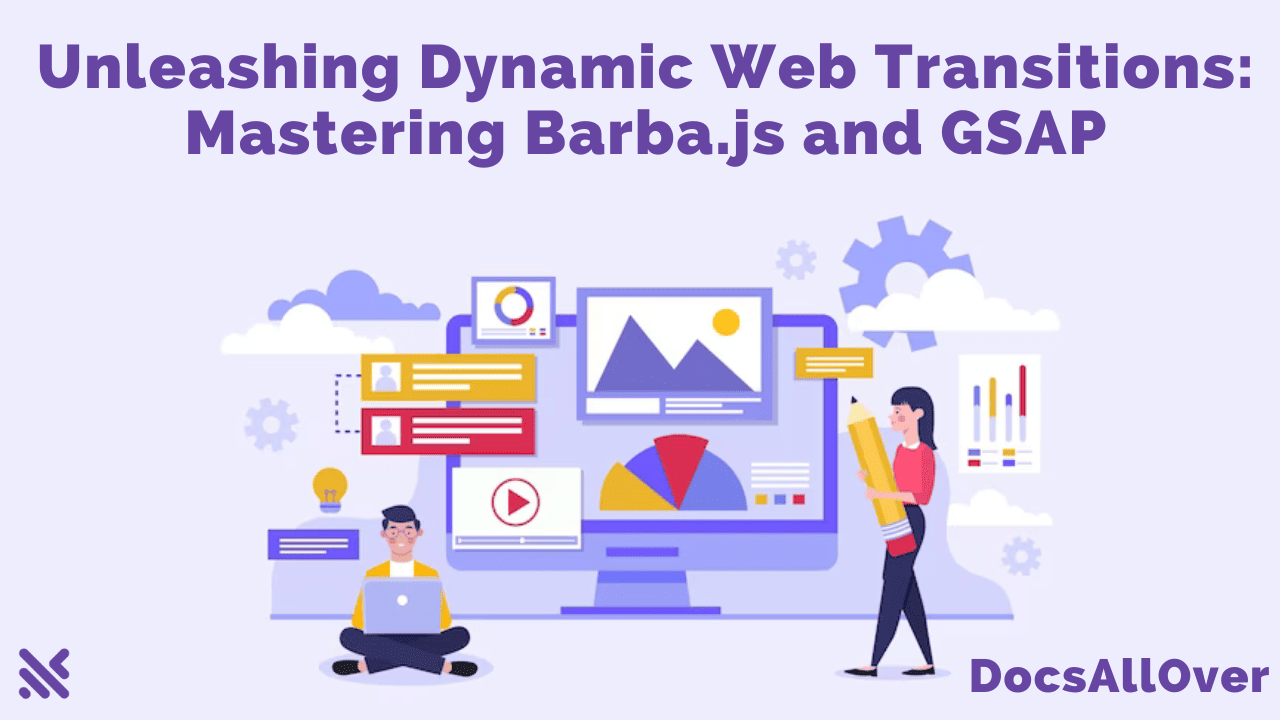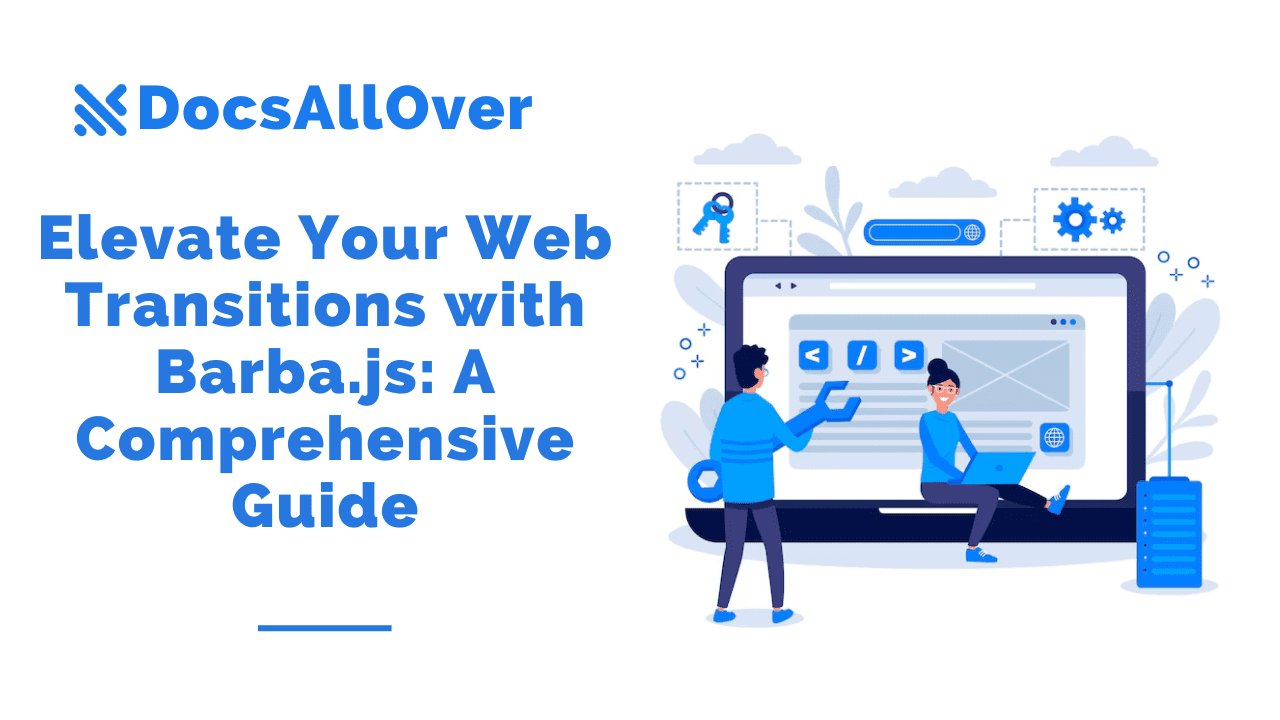Supercharging the Web: Exploring Single-Page Applications (SPAs)
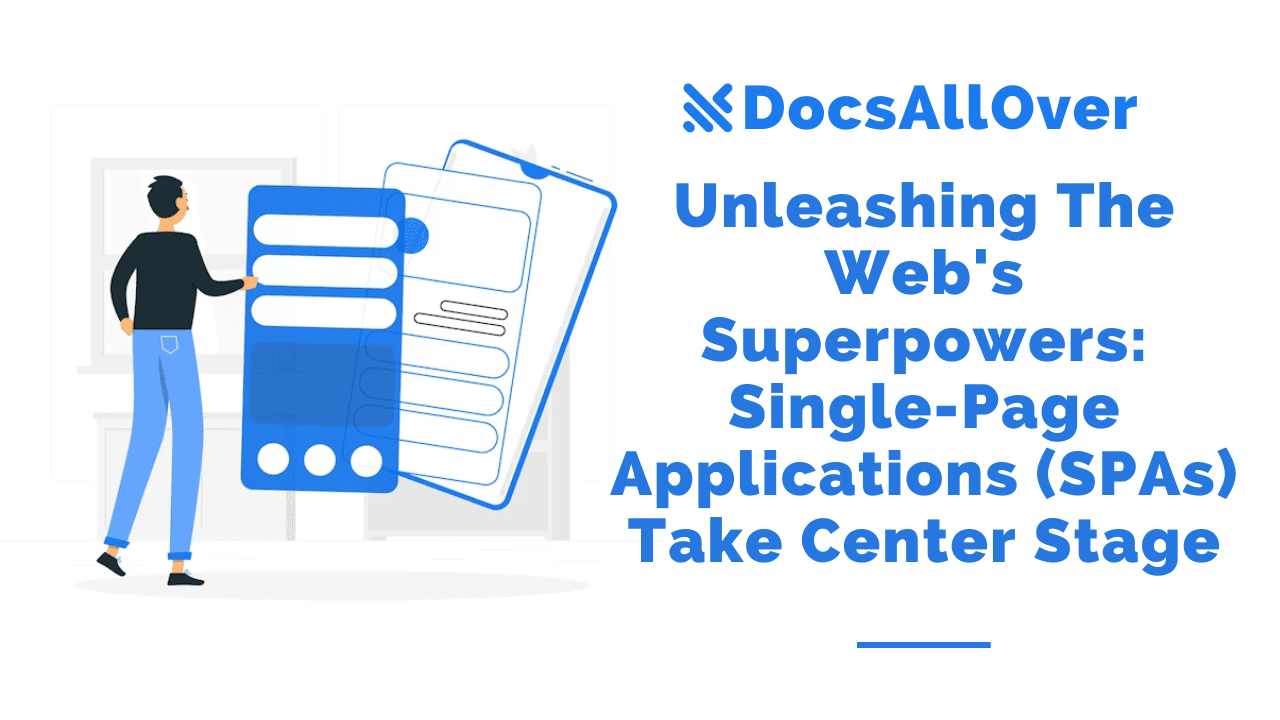
The digital landscape is constantly evolving, and web developers are always on the lookout for innovative ways to deliver exceptional user experiences. Single-Page Applications (SPAs) have emerged as a powerful solution, revolutionizing the way we interact with web apps. In this blog, we will explore the concept of SPAs, their benefits, and showcase programming language examples that harness the web's superpowers.
A single-page application (SPA) is a web application that loads a single HTML page and updates the page dynamically as the user interacts with it. This results in a faster and more responsive user experience, as users do not have to wait for the page to reload each time they navigate to a new section of the application.
SPAs are built using a variety of technologies, including JavaScript, CSS, and HTML. The JavaScript framework is responsible for managing the state of the application and updating the page accordingly. When a user navigates to a new section of the SPA, the JavaScript framework will make an asynchronous request to the server to fetch the data that is needed for that section. The framework will then update the page with the new data, without having to reload the entire page.
Understanding Single-Page Applications (SPAs):
Single-Page Applications are a modern web development approach that allows users to navigate and interact with a web app seamlessly without the need for page reloads. Unlike traditional multi-page websites, SPAs load the entire application once and dynamically update the content as users navigate through different sections.
20 advantages of Single-Page Applications (SPAs)
Single-page applications (SPAs) are a type of web application that loads a single HTML page and updates the page dynamically as the user interacts with it. This results in a faster and more responsive user experience, as users do not have to wait for the page to reload each time they navigate to a new section of the application.
SPAs offer a number of advantages over traditional web applications, including:
- Improved performance: SPAs load faster and respond more quickly to user interactions, as the page does not need to be reloaded each time the user navigates to a new section of the application.
- Enhanced user experience: SPAs can provide a more seamless and engaging user experience, as users do not have to wait for the page to reload each time they navigate to a new section of the application.
- Increased flexibility: SPAs are more flexible than traditional web applications, as they can be used to create a wide variety of different types of applications, including social media platforms, e-commerce websites, and productivity tools.
- Reduced server load: SPAs only need to make a single request to the server when they first load. After that, they can update the page dynamically without having to make additional requests to the server. This can help to reduce the load on the server and improve the performance of the application.
- Improved SEO: SPAs can be more SEO-friendly than traditional web applications, as the content of the page is not constantly changing. This can help to improve the ranking of the application in search engine results pages (SERPs).
- Offline support: SPAs can be designed to work offline, which can be a useful feature for users who need to access the application when they do not have an internet connection.
- Easier to develop and maintain: SPAs can be easier to develop and maintain than traditional web applications, as they use a more modular and component-based architecture.
- Increased security: SPAs can be more secure than traditional web applications, as they can be designed to prevent cross-site scripting (XSS) attacks and other security vulnerabilities.
- Better support for touch devices: SPAs are typically more responsive to touch devices than traditional web applications, as they use a JavaScript framework to handle user interactions.
- Improved accessibility: SPAs can be made more accessible to users with disabilities by using a JavaScript framework to implement accessibility features such as screen readers and keyboard navigation.
- Reduced bandwidth usage: SPAs only need to download the data that is needed for the current page, which can help to reduce bandwidth usage and improve the performance of the application for users with slow internet connections.
- Improved scalability: SPAs can be scaled more easily than traditional web applications, as they can be distributed across multiple servers.
- Reduced development costs: SPAs can help to reduce development costs by making it easier to reuse code and by reducing the need to develop and maintain separate codebases for different platforms.
- Increased developer productivity: SPAs can help to increase developer productivity by providing a number of features that make it easier to develop and maintain web applications, such as component-based development, hot reloading, and built-in state management.
- Improved team collaboration: SPAs can help to improve team collaboration by making it easier for developers to work on the same project together. This is because SPAs are typically developed using a version control system, which makes it easy to track changes and merge code from different developers.
- Increased user satisfaction: SPAs can help to increase user satisfaction by providing a faster, more responsive, and more engaging user experience.
- Reduced churn rate: SPAs can help to reduce the churn rate of users by making the application more user-friendly and engaging.
- Increased conversion rate: SPAs can help to increase the conversion rate of users by making it easier for users to complete tasks and by providing a more personalized experience.
- Improved brand awareness: SPAs can help to improve brand awareness by providing a consistent and unified user experience across all devices and platforms.
- Increased revenue: SPAs can help to increase revenue by improving the user experience, increasing the conversion rate, and reducing the churn rate.
Overall, SPAs offer a number of advantages over traditional web applications. They can provide a faster, more responsive, and more engaging user experience, while also being easier to develop and maintain. If you are considering building a new web application, you should strongly consider using an SPA framework.
Programming Language Examples:
Let's explore some programming language examples that harness the power of SPAs:
1. Angular:
Angular is a widely-used JavaScript framework for building SPAs. It provides a comprehensive toolkit for developing dynamic and interactive web applications. With features like data binding, dependency injection, and routing, Angular empowers developers to create robust SPAs with ease.
2. React:
React, another popular JavaScript library, offers a powerful ecosystem for building SPAs. It follows a component-based approach, where each UI element is treated as a reusable component. React's virtual DOM efficiently updates and renders the necessary changes, resulting in a performant and responsive SPA.
3. Vue.js:
Vue.js is a progressive JavaScript framework that excels in building SPAs. It combines simplicity and flexibility, allowing developers to incrementally adopt its features as needed. Vue.js offers a reactive data binding system, component-based architecture, and a smooth learning curve, making it an excellent choice for SPAs.
Some popular SPAs include:
- Gmail
- Google Docs
- Netflix
- Airbnb
To build an SPA, you will need to have a good understanding of JavaScript, CSS, and HTML. You will also need to choose an SPA framework, such as React, Angular, or Vue.js.
Once you have chosen an SPA framework, you can start building your application. The first step is to create the HTML page that will serve as the base for your application. This page will typically contain the basic structure of your application, such as the header, footer, and navigation bar.
Next, you will need to create the JavaScript code that will power your application. This code will be responsible for managing the state of the application and updating the page accordingly. You will also need to use the SPA framework to create the components that will make up your application.
Finally, you will need to connect your SPA to the server. This will allow your application to fetch the data that it needs from the server and to update the server with any changes that the user makes to the application.
Building an SPA can be a challenging task, but it is also a rewarding one. SPAs can provide a faster, more responsive, and more engaging user experience than traditional web applications.
Single-Page Applications (SPAs) have transformed the web development landscape, providing seamless user experiences and unlocking the web's superpowers. By eliminating page reloads, SPAs offer enhanced performance, simplified development, and improved user engagement. With powerful programming languages like Angular, React, and Vue.js, developers can leverage SPAs to create dynamic and interactive web applications. Embrace the power of SPAs and elevate your web development game to new heights.


